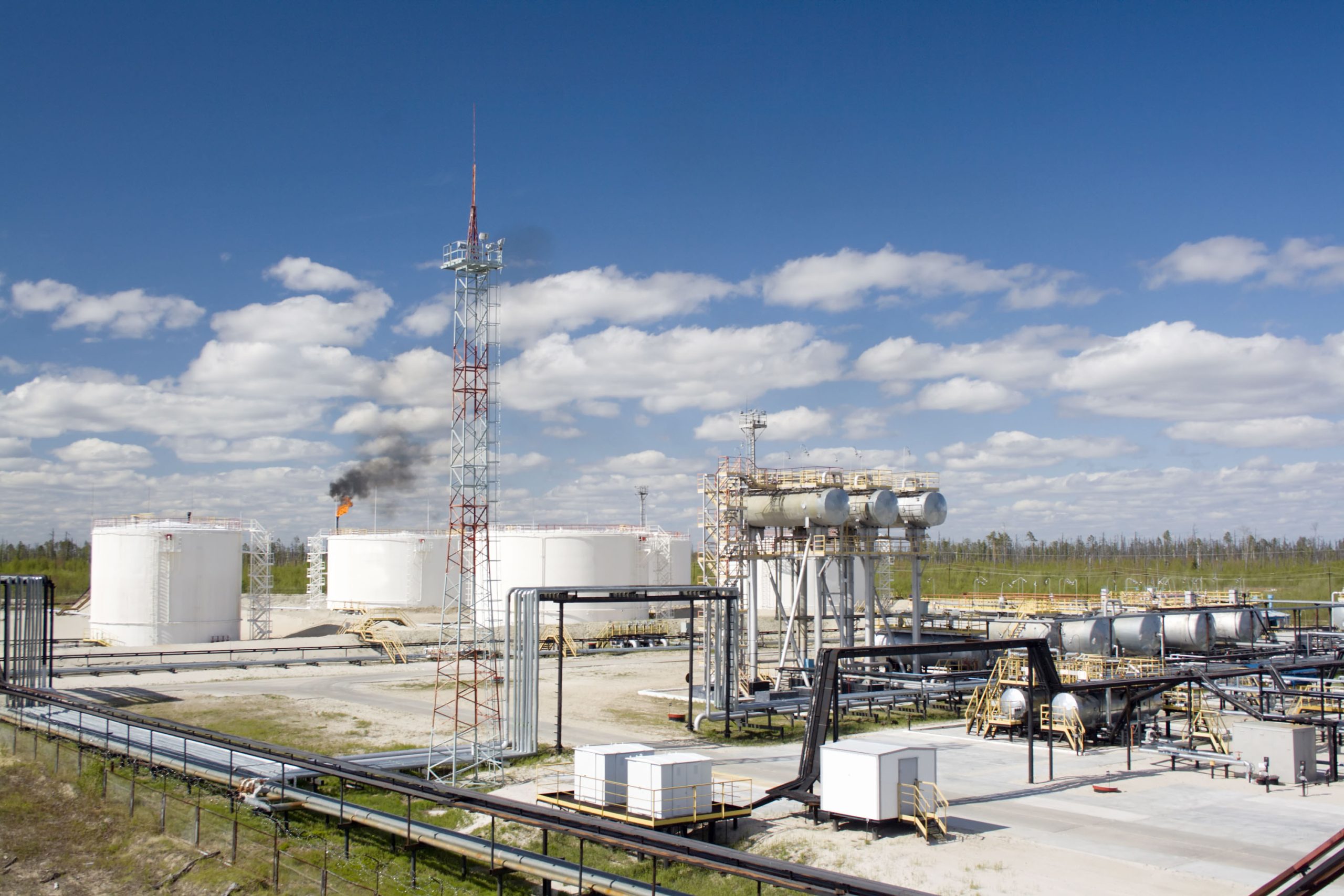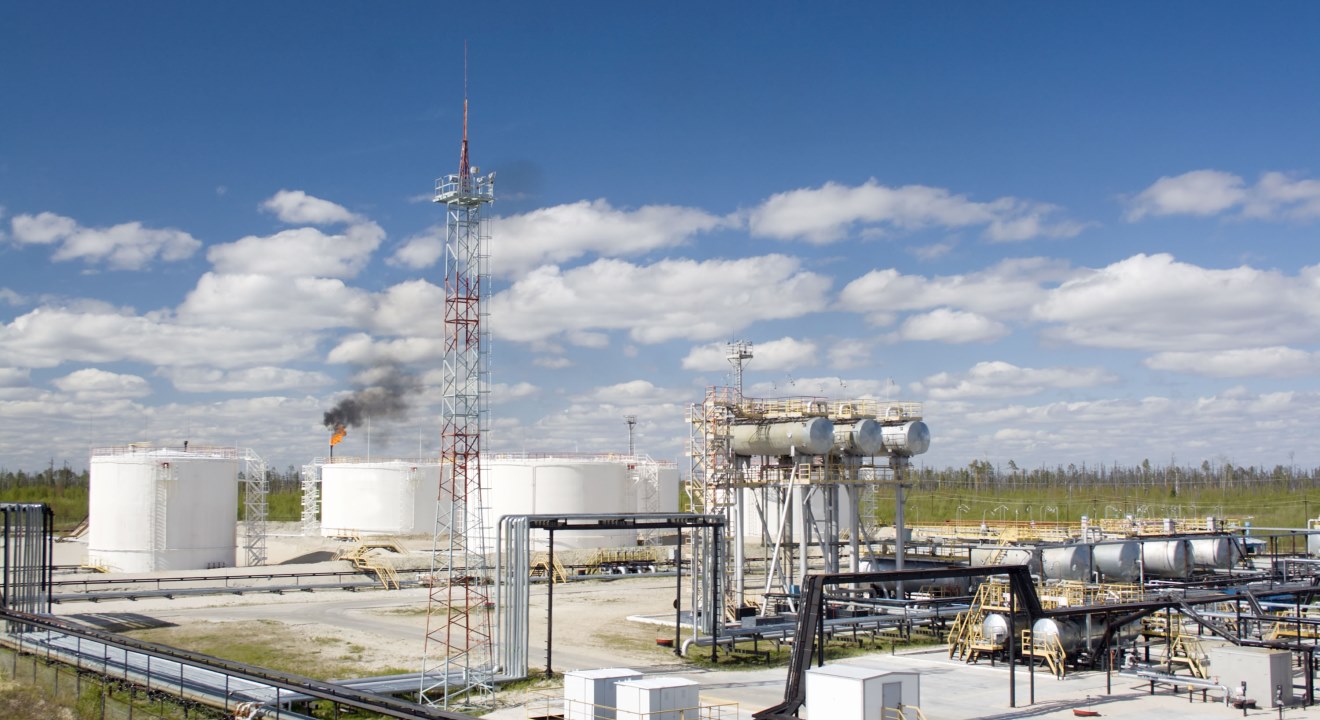In a time of increasing scarcity, researchers at Idaho National Laboratory and the Center for Advanced Energy Studies are drilling down on issues involving water and energy.
In late July, CAES hosted its first Industry Water-Energy Workshop, featuring speakers from INL, the University of Wyoming, the University of Idaho and trade groups like the Northwest Food Processors Association. Participants also included representatives from 26 companies including Intel Corp., J.R. Simplot Co., Inland Empire Paper Co. and PacifiCorp.
“There was recognition across the board that the water-energy nexus is of national and worldwide importance,” said Travis McLing, lead water and energy researcher for INL and CAES. “You didn’t have to convince any of them that water was a big deal. Nobody who came was saying, ‘We can just buy it.’”
The interdependency of water and energy is staggering, McLing said. Twenty percent of California’s energy is used to move water from one place to another. From cooling systems to oil/gas extraction, the energy sector extracts more fresh water than any other sector in the United States, including agriculture (which still leads in consumptive use).

In 2013, U.S. Energy Secretary Ernest Moniz called for the Department of Energy’s national laboratories to address grand challenges related to the energy-water nexus. McLing said Wednesday’s workshop was a first step in leadership for INL and CAES.
“We were able to establish the CAES brand with regionally relevant industries,” he said. “The industry representatives who attended were incredibly generous … and candid about the challenges they have.”
The next task is to organize information gleaned from the meeting, and determine what the energy sectors need, what INL and its university partners can offer, and what money is available.
“We will be reaching out to participants, looking for engagement and mapping out strategies,” McLing said.
A meeting is being planned for later this year to address energy and water issues in food processing, the third largest industry in the Pacific Northwest. Other sectors could include high tech, bio-agriculture and energy generation.

In a larger sense, July’s workshop meets a primary goal for INL to provide regional leadership for DOE, working with industry to speed up clean energy innovation, said Mike Hagood, CAES’s director of program development.
“We had great representation from regional industries,” he said.
There is a growing awareness in industry that clean energy is not only about reducing greenhouse gas emissions but also reducing impacts on water resources. DOE’s definition of clean energy technology calls for:
- Reduced demand for water
- Reduced waste
- Reduced emissions of other air pollutants
- Reduced concentrations of contaminants in wastewater discharges
Industry leaders are aware that clean energy can increase competitiveness at all levels: regional, national and global. “I was impressed with the intense interest on the part of industry to address these not only as challenges but as opportunities,” Hagood said.
The world’s population is projected to reach 8.5 billion by 2030, 9.7 billion in 2050 and 11.2 billion in 2100 (according to a July 2015 United Nations Department of Economic and Social Affairs report).
“Everybody is interested in using less energy and less water,” Hagood said. “They are recognizing how important the energy-water story has become.”
The workshop in July helped CAES and INL showcase themselves as places where researchers can work with industry to devise technology solutions. McLing said resources are already focused on finding ways to lessen the energy industry’s dependence on fresh water in oil and gas exploration and mining. Another priority is to reduce the amount of energy needed to pump water out of the ground or move it where it’s needed.

Roughly 80 people attended the Industry Water-Energy Workshop. They hailed from national labs, academia and seven industry sectors:
- Bioenergy
- Chemicals
- Energy resource extraction
- Electricity conversion/production
- Food processing
- Pulp and paper
- Semiconductor/computing/high-tech
Four breakout sessions allowed industry participants to propose R&D needs and discuss what comes next. There was acute interest in follow-up workshops from several groups. For example, food processing has a keen interest staying in step with the changing regulatory environment, said Pamela Barrow, vice president of Energy, Environmental and Sustainability for the Northwest Food Processors Association.







